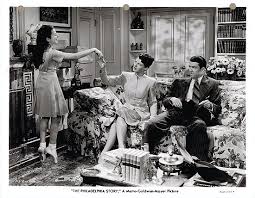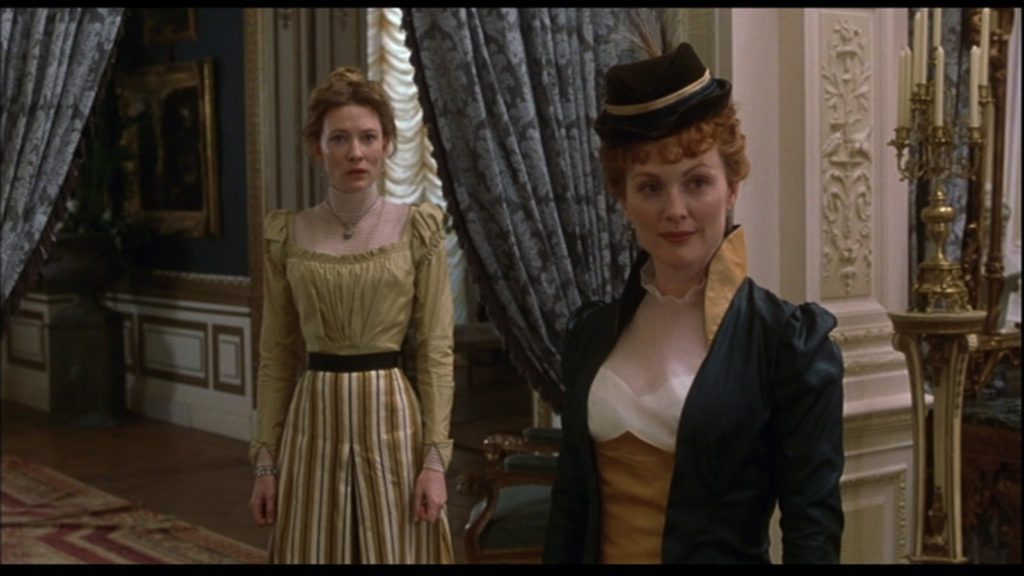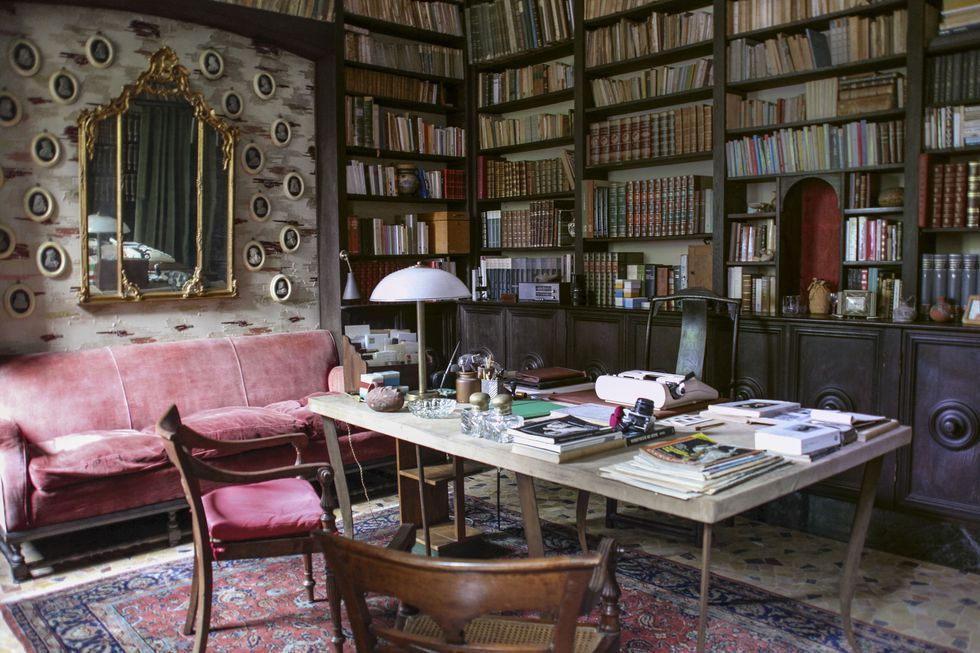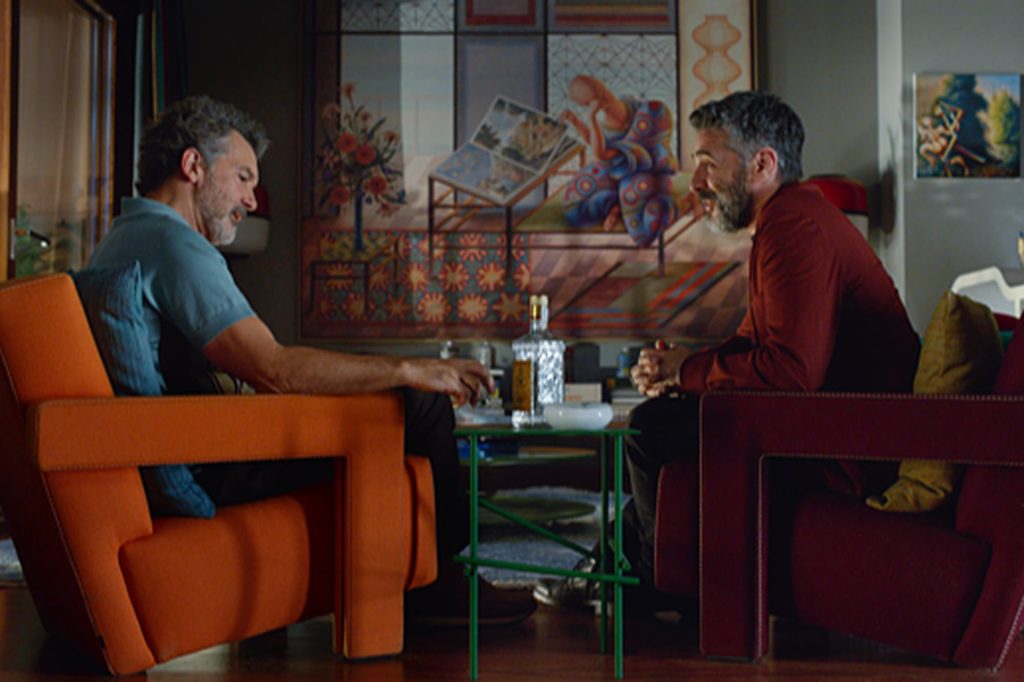A Pandemic Pastime and the Purpose of Design
Published: April 28th, 2020
As I mentioned in an earlier post, our stay-at-home lives during the pandemic afford us the opportunity to indulge in simple pleasures. So I’m getting a kick out of watching current and older films with a designer’s eye, relishing the connection between the characters, their stories, and their interiors.
Take a look at the oh-so-posh residence of wealthy heiress Tracy Lord (Katherine Hepburn) in one of my favorite gems, George Cukor’s “Philadelphia Story.” It’s a classic representation of pre-war American design.

The center attraction is that deep-seated, overstuffed sofa covered in a floral print. Combined with a light palette and an air of informality seen even in the casual placement of personal objects, the room gives English country style an American spin as breezy as Tracy Lord.
As for British formality, it’s wonderfully revealed in Oliver Parker’s 1999 film “An Ideal Husband.” This delightful confection depicts Oscar Wilde’s Victorian England a century earlier in all its opulence and propriety. I love how stories set in this era often reveal the sordid and shocking secrets that might abound in such “civilized” times. “An Ideal Husband” is no exception.

The design standouts here (aside from Julianna Moore’s deliciously wicked garb) are those sumptuous portiers used to separate rooms and obstruct drafts. The era was all frills, from those Austrian shades behind the portier to the intricate moldings and elaborate candelabra. Beneath it all lies scandal, of course, perfectly imagined by the wit of Wilde.
At the opposite end of this design continuum is the unfussy rendition of a mid-twentieth century Italian countryside retreat as depicted in director Luca Guadagnino’s “Call Me By Your Name.” This unstudied, undecorated look achieves a perfect combination of warmth and charm.

The secret lies in its eclectic assortment of seemingly random objects, extensive book collection and well-used furnishings, from the organized clutter of the desk to the wrinkled cushions of the raspberry velvet sofa.
Finally, I savor the interiors of Pedro Almodóvar’s “Pain and Glory,” Like much of his work, this film is deeply autobiographical and tells the story of an aging film director named “Salvador.” In contrast to the blank, sunlit whiteness of his childhood surroundings, the spaces of Salvador’s adulthood are filled with bold and vibrant colors and richly personal art. And yes, the characters are seated in classic Gerrit Reitveld chairs, originally designed in 1935. Fortunately, they’re still in production at Cassina.

Though the interiors of every one of these film interiors are distinct, they all contribute powerfully to the unfolding of story and the revealing of character. They remind me of the purpose of design.
